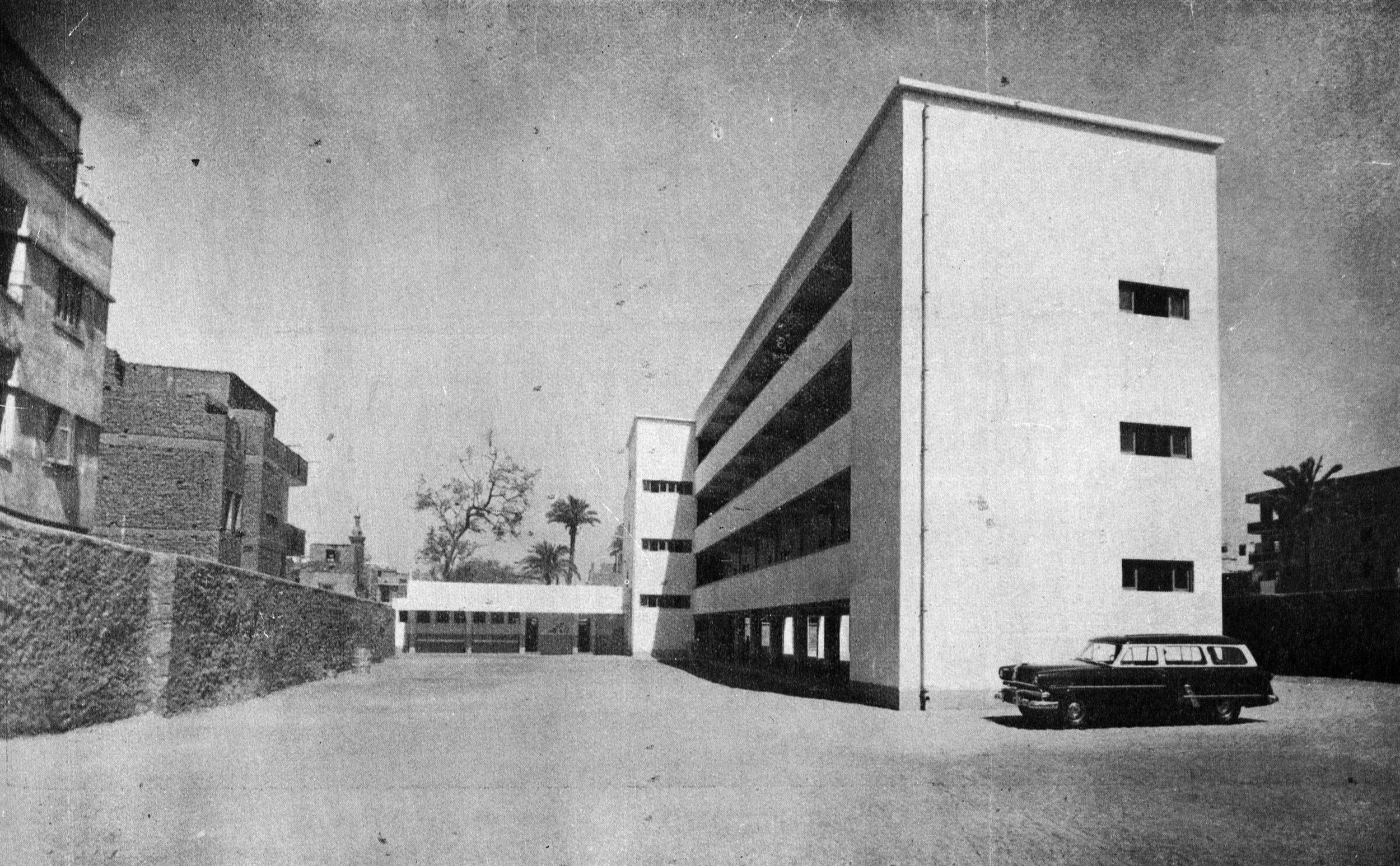Tawfiq Abdel Gawwad, “School Premises State Foundation and the First Stage of Schools” in Majallat al-Emara, No. 2, 1957 {in Arabic}.
Mériam N. Belli, An Incurable Past: Nasser’s Egypt Then and Now (Gainesville, 2013), 55.
Ibid., 57.
Ibid., 28.
Keith Wheelock, Nasser’s New Egypt: A Critical Analysis (New York, 1960), 112.
United Arab Republic: The Yearbook, 1963 (Cairo, 1963), 103.
This process, of course, occurred in many countries. In the case of revolutionary Egypt, standardized curricula and school buildings can be understood as part of a broader effort to define a “standard citizen.” See Catherine Burke and Ian Grosvenor, School (London, 2008), 19.
Gawwad, 8.
Belli, 28.
Yoram Meital, “School Textbooks and Assembling the Puzzle of the Past in Revolutionary Egypt,” Middle Eastern Studies, 42, no. 2 (March 2006): 255.
